
February 28, 2022
Ukraine had a troubled past on its way to statehood. Even though the nation can claim its fair share of credit as a participant in shaping the history of Europe, it has had very little time to enjoy its independence.
The country has been invaded and reinvaded for centuries, often passing between empires. Ukrainians have endured a wide variety of tyrants, and now they hold their breath as they battle another.
Amid the new and possibly much more horrific stage of the ongoing tensions, Ukrainians have flocked to territorial defence units ― a reserve branch of the military that trains civilians to defend their cities in case of a full-scale invasion.
Such units accept and train volunteers between the ages of 18 and 57, who, upon signing up, commit to weekend drills, target practices and occasional weeklong training camps. Army instructors, often veterans who have already seen the front line in eastern Ukraine, administer the training.
A recently passed law, with the unambiguous title “Foundations of National Resistance,” has given these civilian units a supporting role to the Ukrainian army in case of war, and envisions them having partisan duties in case of occupation. It also benefits the volunteers, allowing for the purchase of arms and legalising their privately owned weapons in the event of mobilisation. The Territorial Defence Units have seen a massive influx of recruits since the law was passed in January. Ukrainians have also been arming themselves at an unprecedented rate.
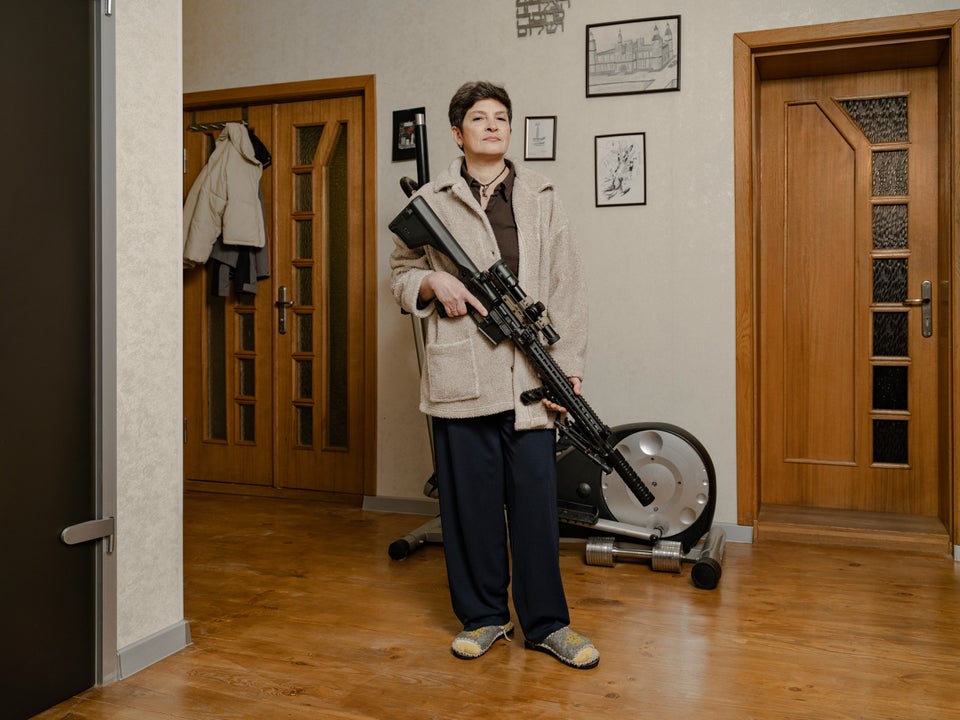
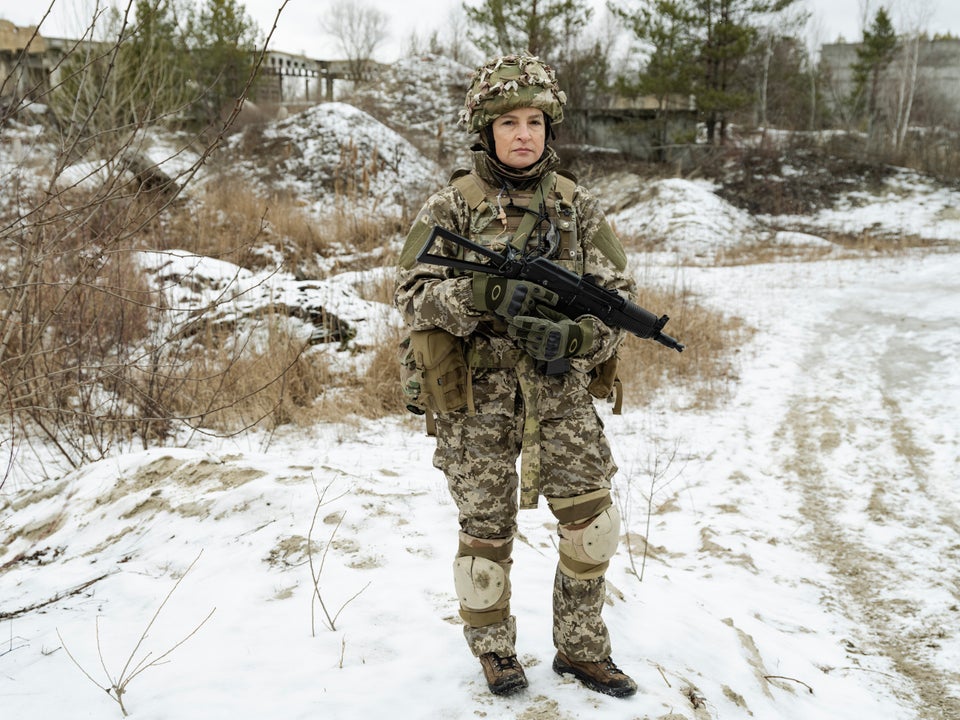
Maryana Zhaglo, 52, is a Kyiv native, a marketing analyst and a mother of three. She is one of the people who recently purchased a weapon, the Ukrainian-made rifle Zbroyar Z-15. Zhaglo says she became a reservist out of a desire to defend her birthplace. “Territorial defense for me is defending my city, my home,” she said. “My motivation is my family, my city and my country.”
Zhaglo enrolled in the territorial defense on a dare from her friend from Donetsk, who had to move to Kyiv after Russian-backed separatists took over his city in 2014. “If anything starts, I’ll show up and be ready to follow orders,” she said. “My whole family is here. We have nowhere else to go, and we shouldn’t be going anywhere. This is my country, I was born here and I want to be ready to defend it.”
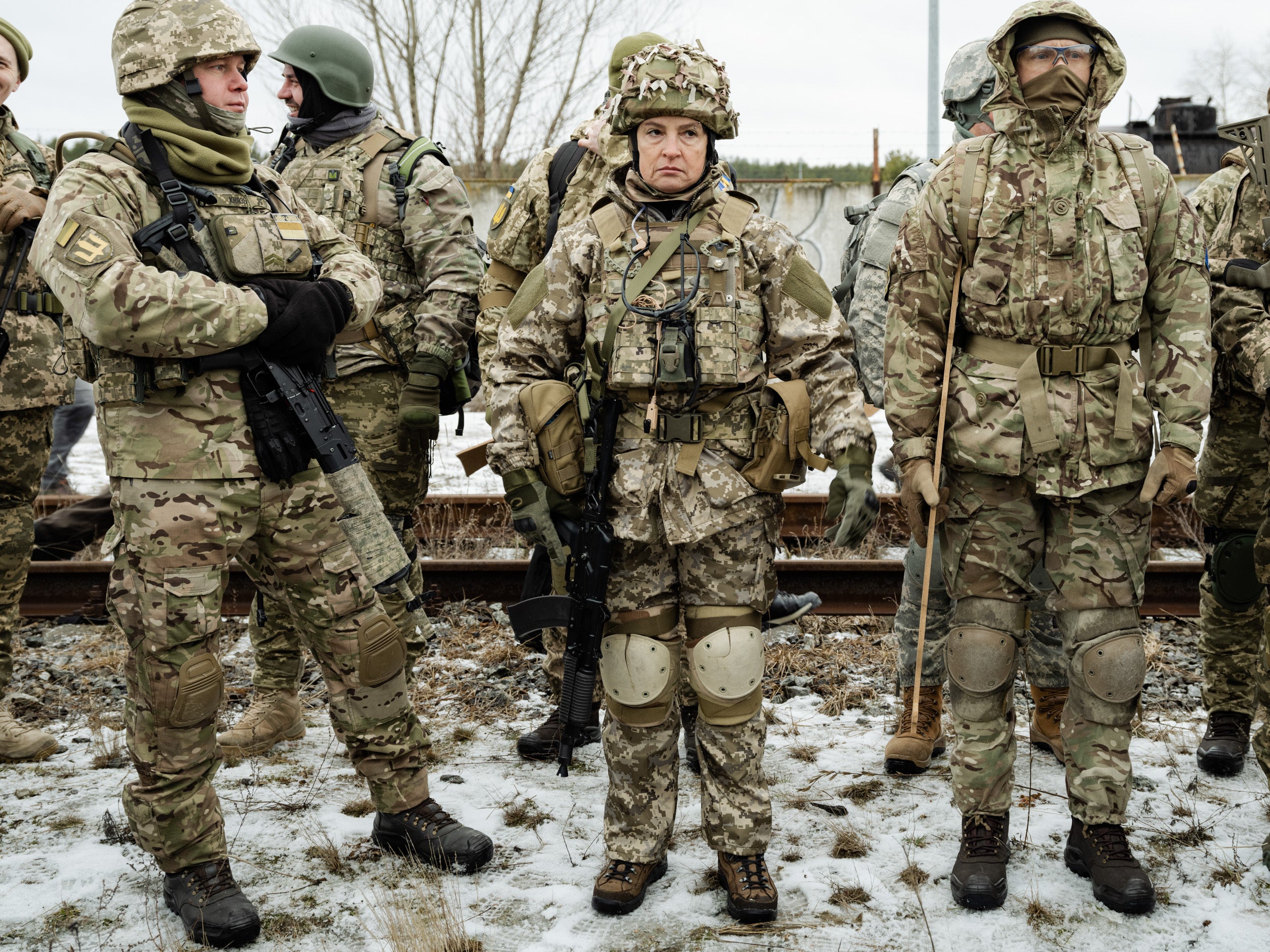
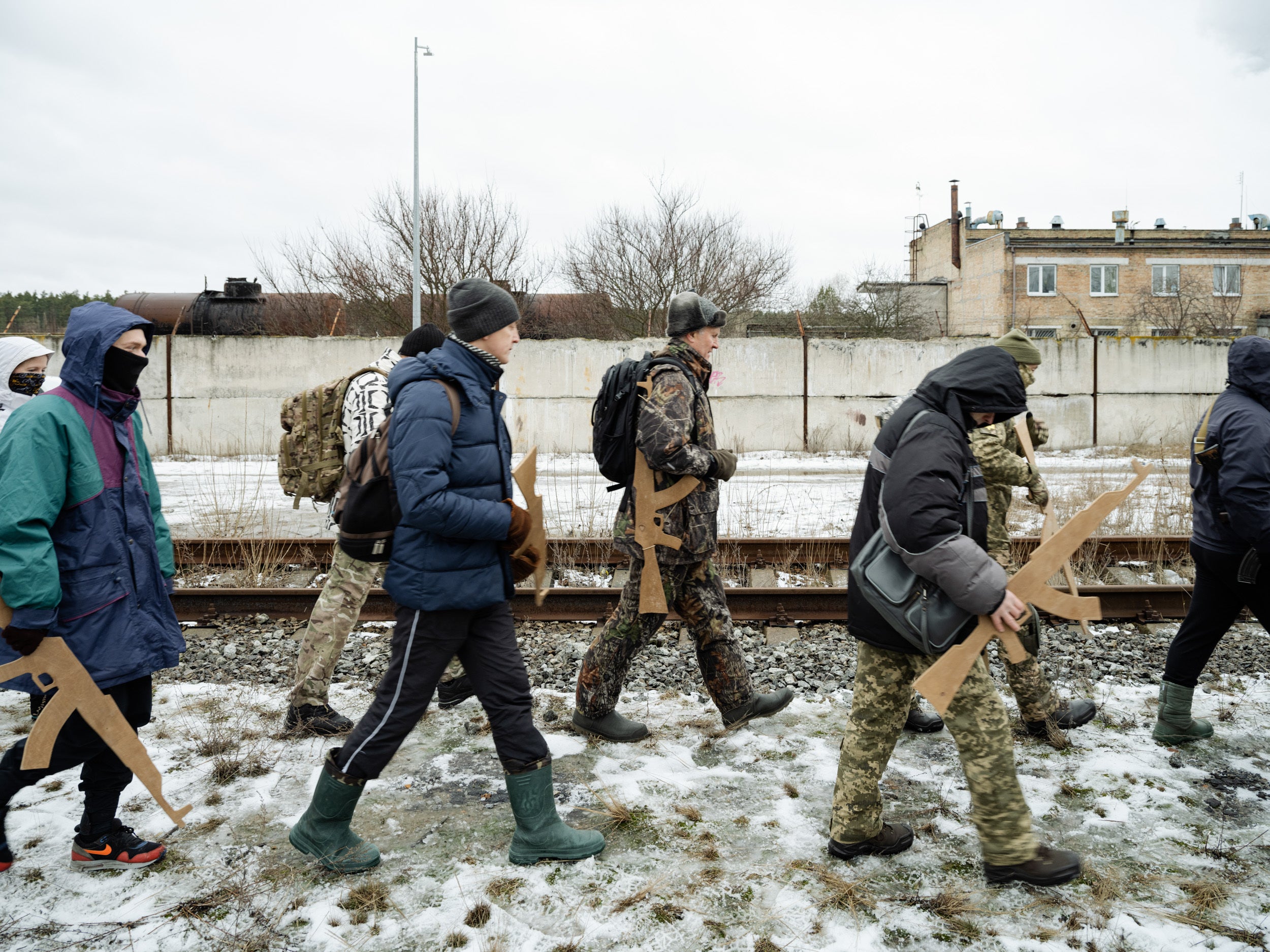
The process of joining a civilian unit like Zhaglo’s is not as simple as just volunteering. If a person is interested, they can first attend an intro training session. If they want to join, they have to undergo a rigorous health and psych evaluation, supply copies of numerous documents, and then sign a contract to become a reservist. The process might take two to three weeks before the volunteer gets sworn in.
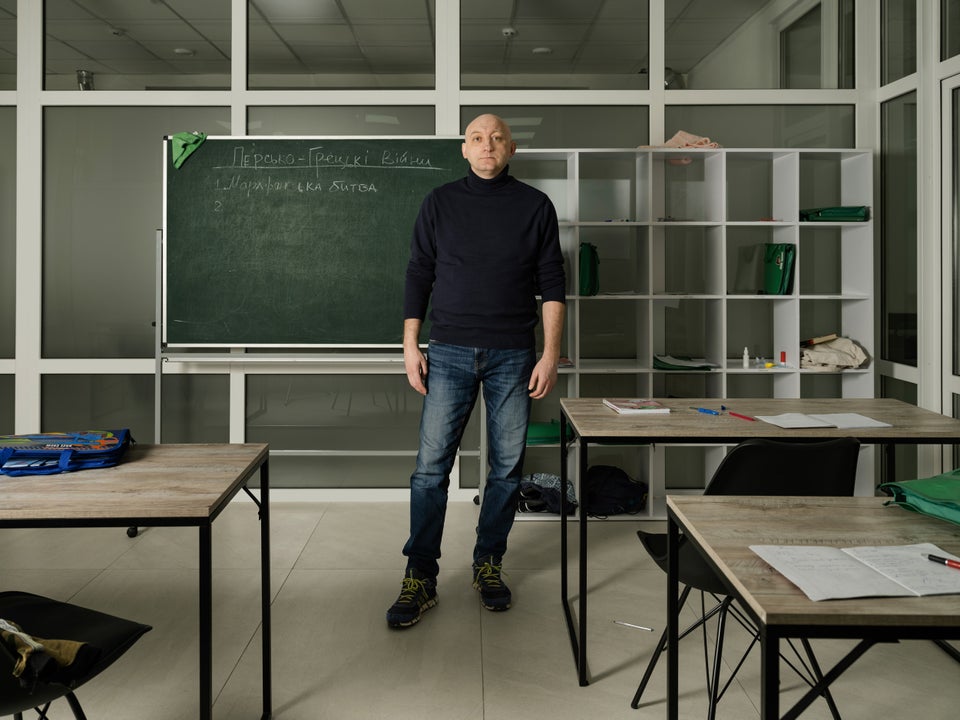

Borys Cherkas, 45, went through this process long before the current crisis. In 2017 he volunteered as a reservist. Now he is preparing for an exam to become a junior lieutenant of his local Territorial Defence Unit. Cherkas has a history Ph.D., works as a researcher at the National Academy of Sciences of Ukraine, and is a part-time teacher at a school in the suburbs of Kyiv.
Cherkas is pleasantly surprised by the number of middle-aged and older recruits in the last few months. “You know that Cossacks would not send out their young to fight when they’d go on military campaigns,” he said. “So I think the youth should not be left out as the last line [of] defence ― it should be older folks taking the punch.”
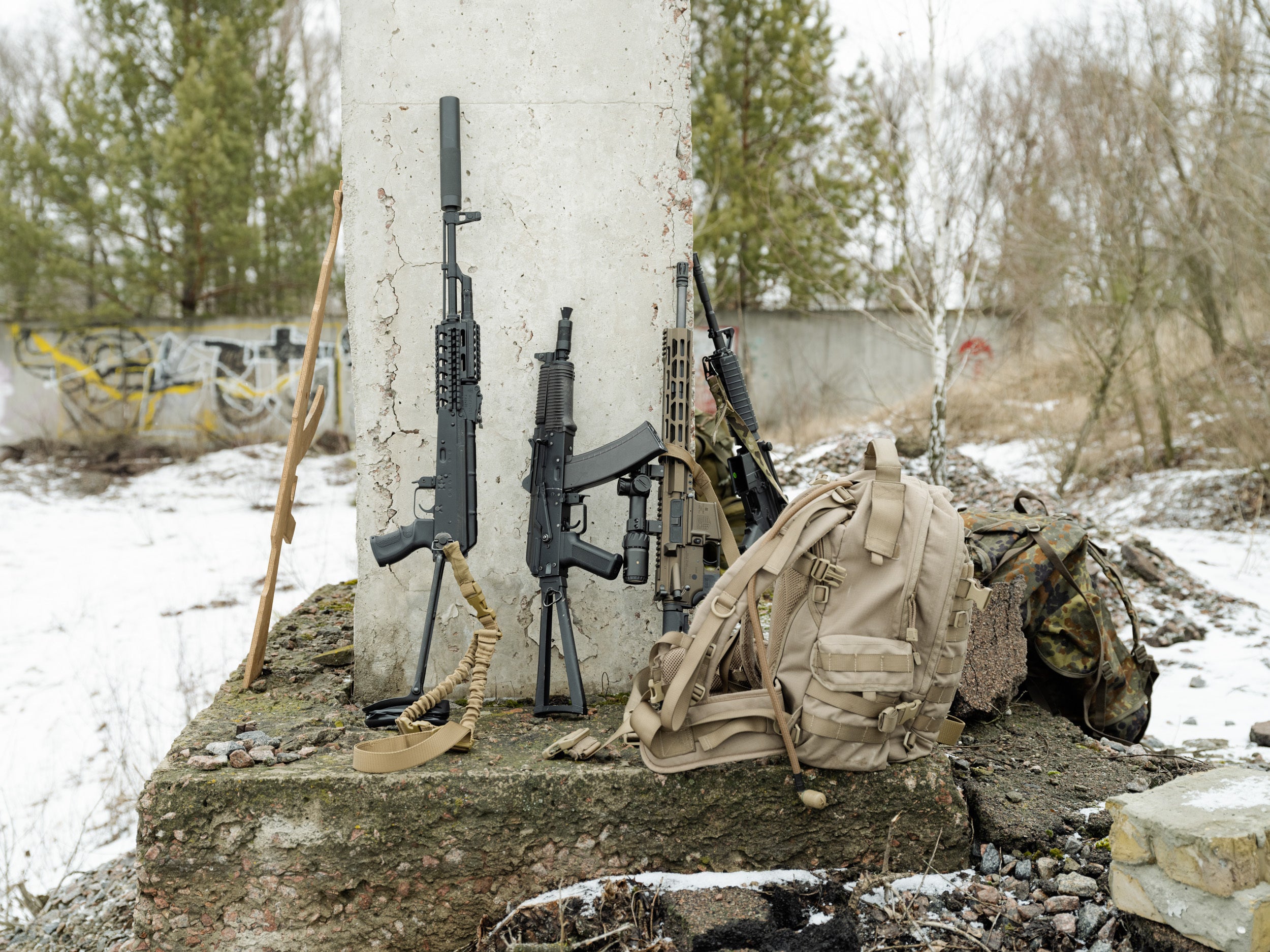
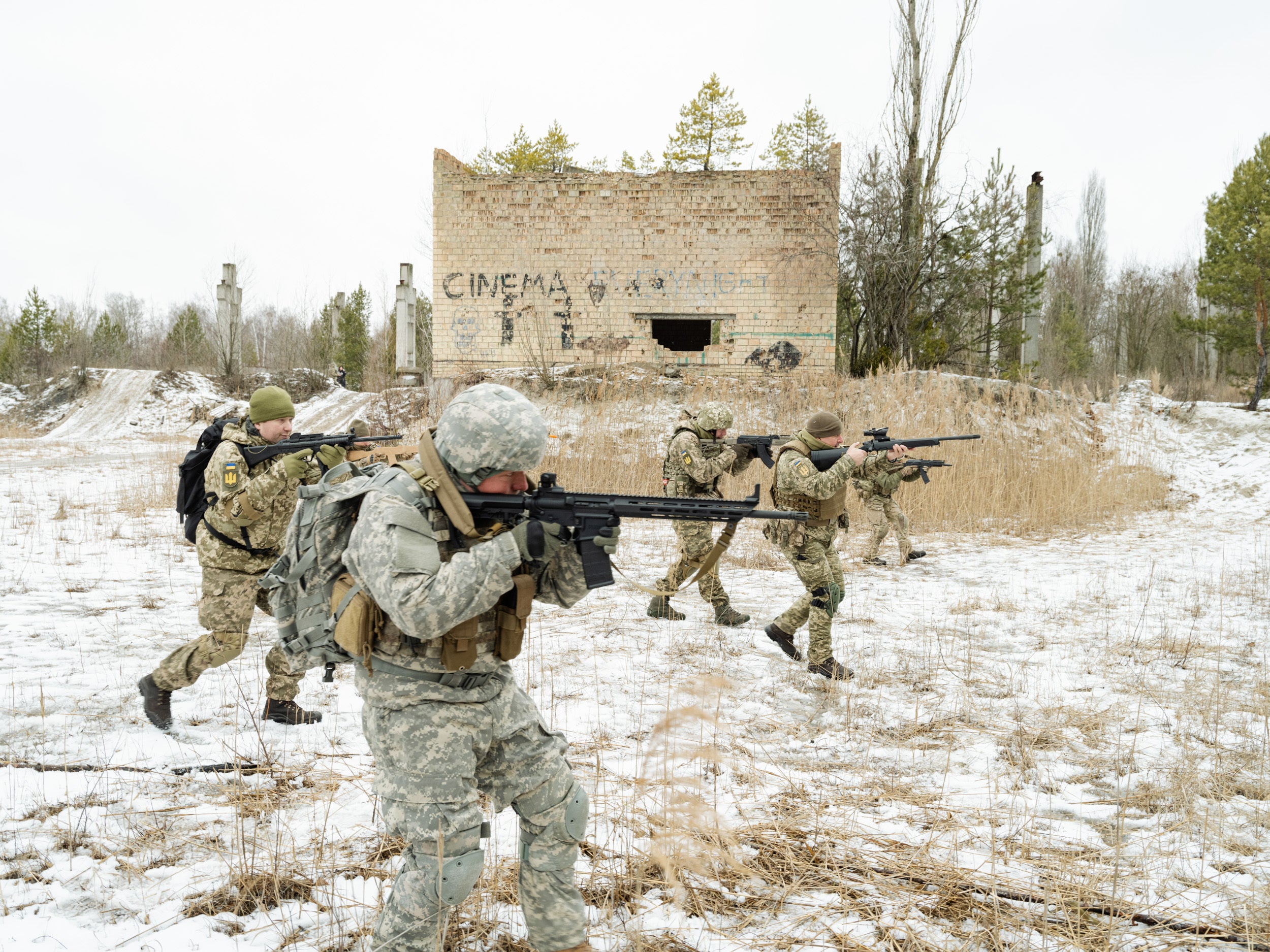
Yuriy Boyko, 68, is a retired army colonel. He started his military service in the Soviet army in 1970, took part in Soviet military involvement as an adviser during the Iran-Iraq War in the ’80s, and finished his career in the Ukrainian army after the fall of the Soviet Union. After his retirement, he went into information technology and started his own firm.
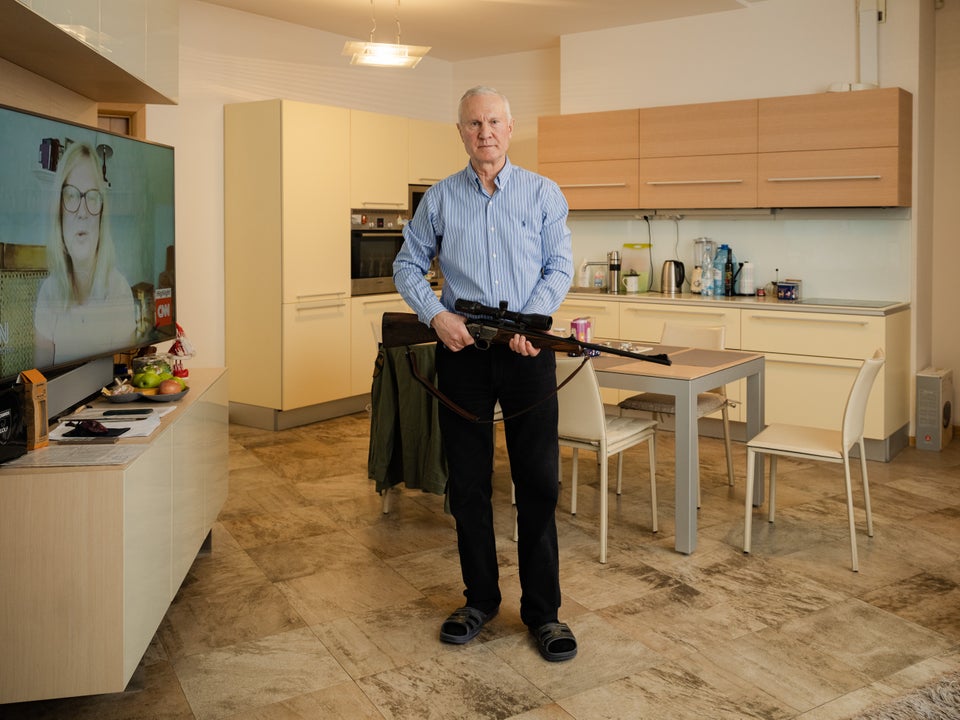
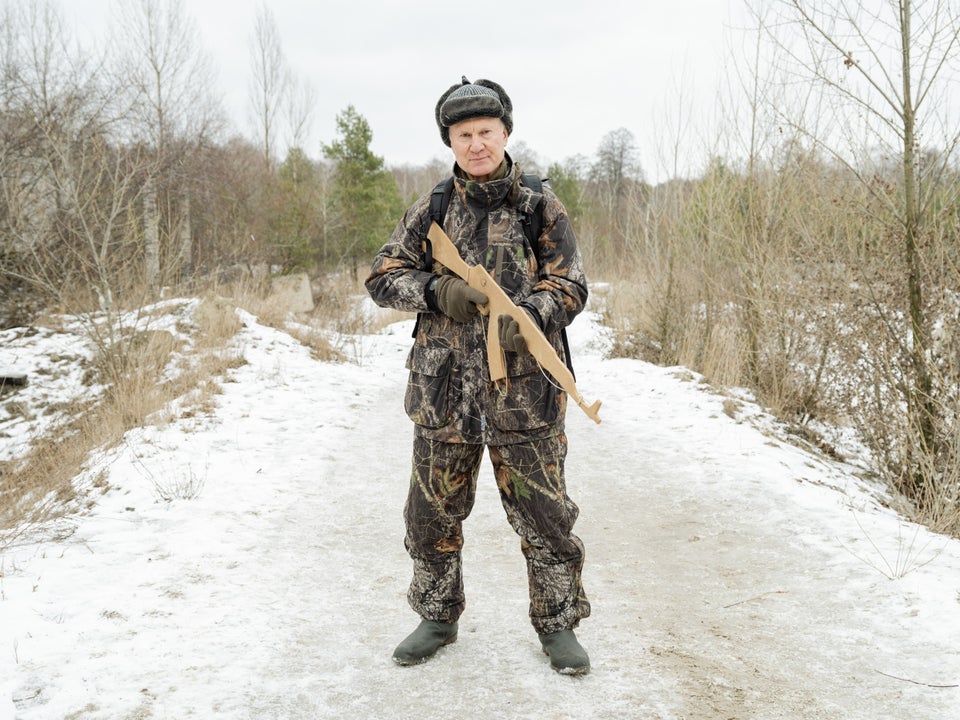
Quoting Sun Tzu, Boyko said: “The greatest victory is one which requires no battle.”
.
.
See more photos of the citizens helping to defend Ukraine below:
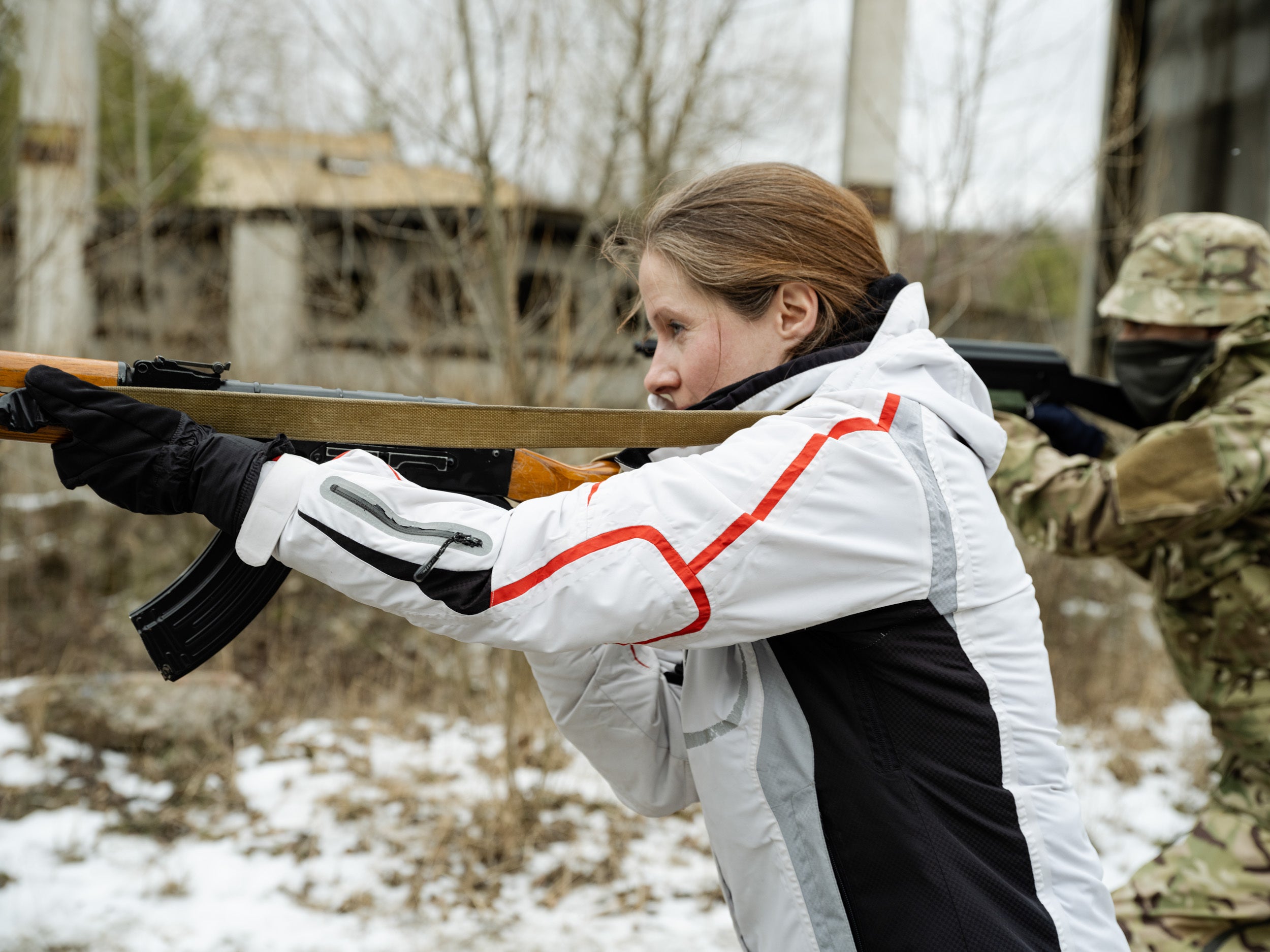

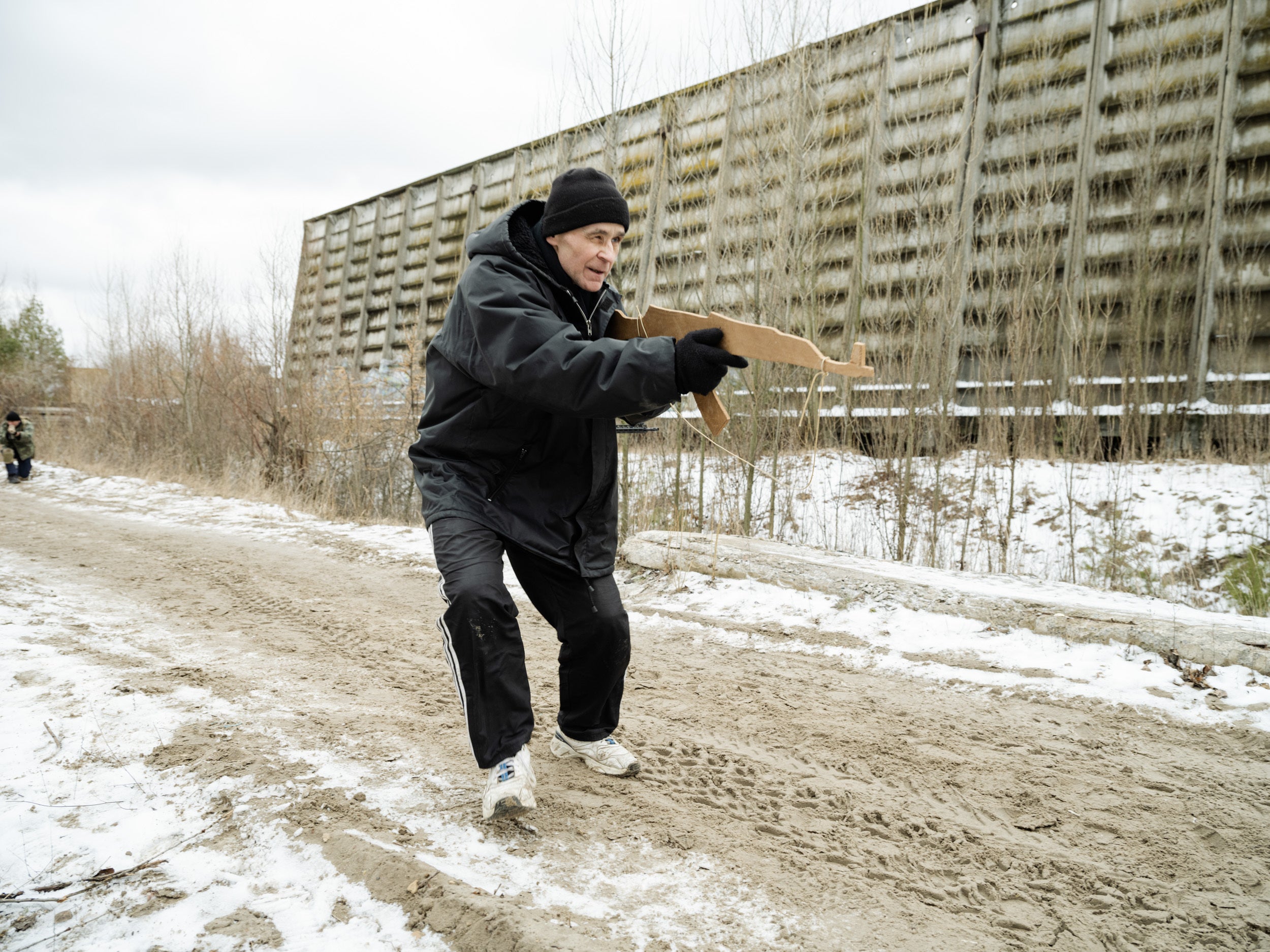

Art Directors: Isabella Carapella and Christy Havranek Senior Photo Editor: Chris McGonigal Copy Editor: Alexander Eichler